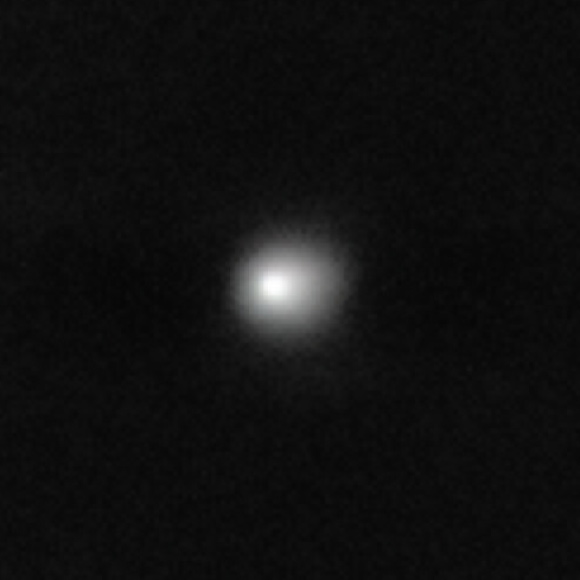Now Reading: VLT Captures Stunning Images of Interstellar Comet 3I/ATLAS
-
01
VLT Captures Stunning Images of Interstellar Comet 3I/ATLAS
VLT Captures Stunning Images of Interstellar Comet 3I/ATLAS

Speedy Summary
- Astronomers using ESO’s Very Large Telescope (VLT) captured new images of the interstellar comet 3I/ATLAS, only the third such object ever observed.
- Discovered a week ago by NASA-funded ATLAS survey telescope in Chile, the comet originates from the direction of the constellation Sagittarius.
- Its hyperbolic orbit distinguishes it as an interstellar object.
- Currently 4.5 AU (670 million km) from the Sun,it poses no threat to Earth and will remain at least 1.6 AU (240 million km) away.
- Closest approach to the Sun expected around October 30, 2025 (1.4 AU), inside Mars’ orbit; closest approach to Earth anticipated in October but hiding behind the Sun during that time.
- Telescopes worldwide are gathering observations about its shape, composition, and origin as it travels closer to Earth and then back into interstellar space.
Indian Opinion Analysis
The discovery of interstellar comet 3I/ATLAS is notable for its rarity and scientific importance. With only two other confirmed interstellar objects observed prior-Oumuamua in 2017 and Borisov in 2019-it provides astronomers with a valuable opportunity to study material originating outside our solar system. For india’s growing astronomy initiatives like ISRO’s collaborations or upcoming telescope projects like NLOT (National Large Optical Telescope), this highlights a field where international partnerships can deepen expertise.
Developing advanced tracking capabilities similar to those used by tools like ATLAS or VLT is becoming paramount as rare celestial phenomena gain attention worldwide. The neutral analysis invites reflection on regional capacities needed for such discoveries while maintaining India’s scientific edge internationally.
Read More: Full Article Link

























